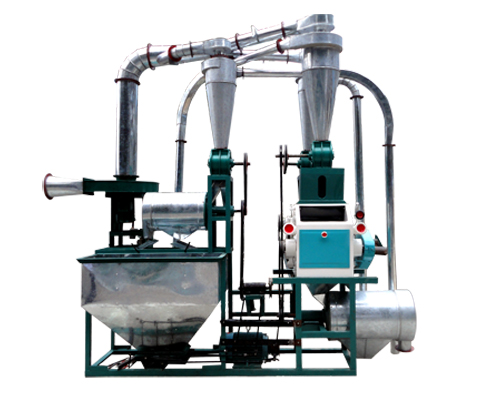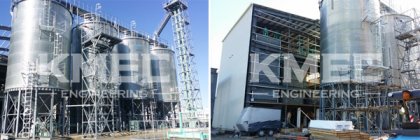A discussion about flour-blearching agent and its use principle
We know that flour-blearching agents are what we often talk about when picking flour. Although this is an old topic, it is especially important to talk about flour-blearching agents as people pay more and more attention to green food today. Today, as a manufacturer specializing in the production of flour mills, let's talk to everyone about flour-blearching agents.
Know about flour-bleaching agent
- First, what is flour-blearching agent?
- Second, do not overuse flour-blearching agent
It should be noted that: The flour whitening agent is added during the flour mill's production of flour, and has nothing to do with the production of flour machinery.
- Third, flour is not as white as possible

Why choose small flour mills machinery?
With the advancement of science and technology, flour mills machinery gradually has different types of large, medium and small. Different types are also used for different types of people. Small flour machine is the most widely used type in our daily life. The equipment, which is slightly different from the large-sized flour mill and medium-sized flour mill, in terms of price, processing, body type, and structure and production volume, is the most outstanding one. The five advantages are very attractive.- First, on the price side, small flour mills are definitely cheaper than large flour mills because it is small.
- Second, from the aspect of size, is that the small flour processing equipment is simple and clear, and the floor space is also relatively small. No matter if it is processed or operated, it is very simple. Ordinary households can purchase it quickly.
- Third, from the processing point of view, is that because of the small size of small flour mills, it is not easy to produce torque or bond flour during processing. However, compared to large-scale flour equipment, its extraction rate is relatively low, and its efficiency is relatively low.

- Fourthly, from the structural point of view, the structure of the small-sized flour mill is relatively simple, consisting of feeding, conical grinding and separation systems. It integrates comminution, grinding, and feed processing machines. It is suitable for rural and small-scale food and feed processing. operation.
- Fifth, in terms of production volume, is that due to the small size of the small flour mills, the production volume is naturally not large and small, so the small ones are only suitable for small workshops. If they are to be processed in large quantities, they are still recommended. Buy large flour machinery and equipment.




